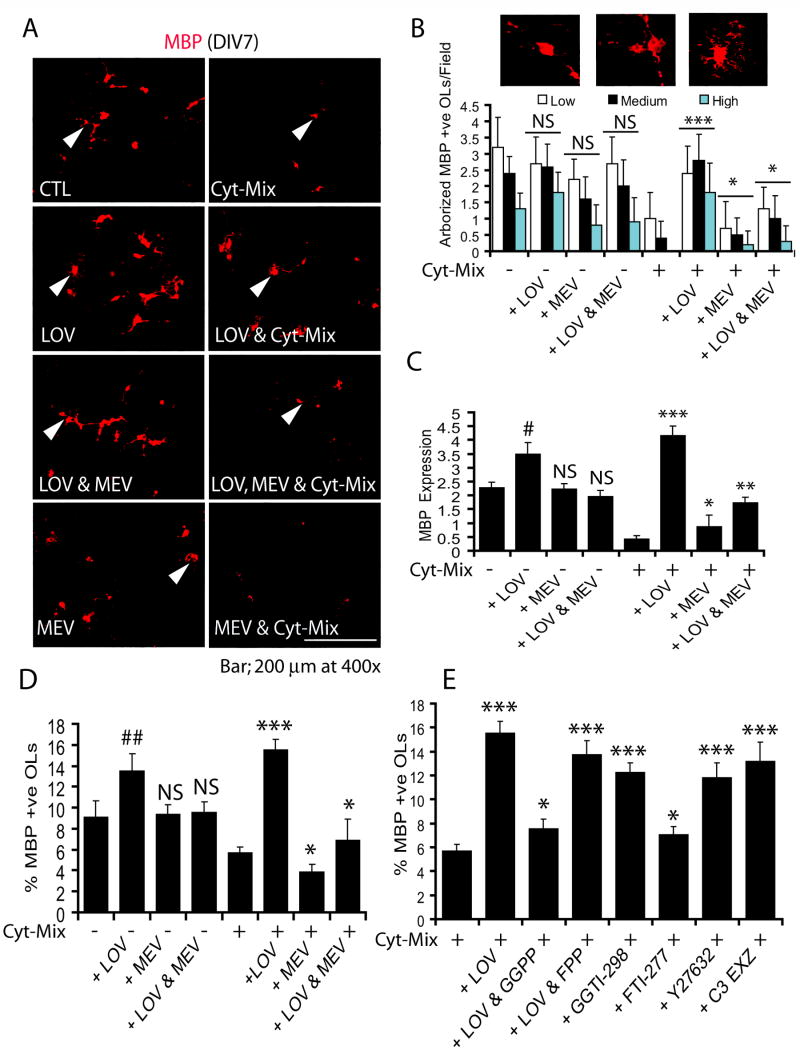Figure 3. Inhibition of the geranylgeranyl-PP arm of the mevalonate-pathway by lovastatin promotes the differentiation of OPs in mixed glial cultured stimulated with Cyt-Mix.
Mixed glial cell were cultured in 100-mm Petri plates and glass chamber slides (2 × 105 cells/ml). After 24 h, cells were treated with LOV and various metabolites of the mevalonate-pathway i.e., 0.25 mM of mevalonolactone (MEV), 5 μM of each geranylgeranyl-PP and farnesyl-PP including inhibitors i.e., 5 μM of each GGTI-298, FTI-277 and Y27632, and 40 μg/ml of C3 exoenzyme (C3-EXZ) for the next 24 h followed by treatment with Cyt-Mix. (A) Representative field of the slide depicts MBP+ OLs in the treated mixed glial cells determined by immunocytochemistry. Arrowheads depict differentiating OLs with variable complexities of processes. (B) Plot depicts number of MBP+ OLs/10 fields with different degrees of arborization, scored as low, medium, and high in treated mixed glial cells. (C) Plot depicts MBP mRNA expression in similarly treated mixed glial cells at DIV5. Plots depict percentage of gated MBP+ OLs in treated mixed glial cells at DIV7 (D & E). Results in plots are expressed as Mean ± SD of three identical experiments. Statistical significance is shown as * (non-significant), ** p<0.05, *** p<0.01 versus Cyt-Mix, and # p<0.05, ## p< 0.01 and NS (non-significant) versus untreated controls (CTL).

